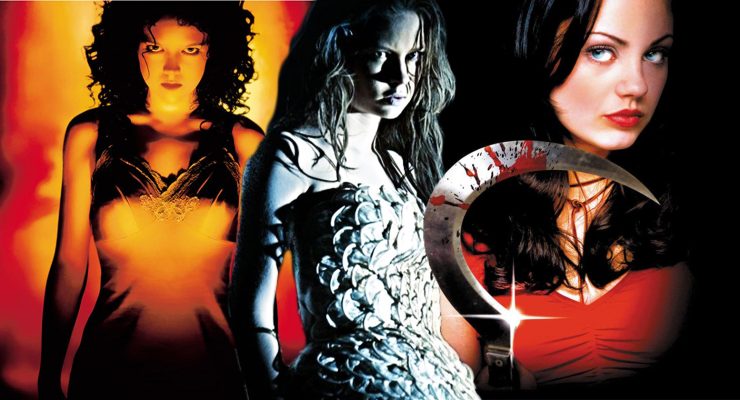Anghus Houvouras on technology and the movies…
Technology plays a pivotal role in the world of moviemaking, both in front of and behind the camera. So many of our biggest blockbusters are the products of technical innovation and many feature the kind of awesome future tech that is integral to the plot. Like the original Independence Day, that not only featured the superior alien technology of laser beams and force fields but also a little laptop that managed to upload a computer virus to the mothership and save humanity.
The kind of technology we see on screen is often a product of fiction, created by the Production Designers of a feature film to convince us they can do the impossible. These days it’s easy to spot movies using real world tech and applications, especially when it feels inorganic to whatever you’re watching. Like when Peter Parker pulls out his laptop in The Amazing Spider-Man and uses Bing as his search engine – you could almost hear the sound of the record scratching as the audience utter ‘say what?’. The moment feels false because what teenager uses Bing as their search engine? I’m guessing very few.
We’re used to seeing computers in movies, but it’s rarely an organic integration or realistically portrayed. Every so often we get a movie that actually showcases a product appropriately, like Ridley Scott’s The Martian. If you’re going to make a movie about a guy surviving the harsh conditions of Mars or when you see Tom Hanks trudging through the desert in Tom Twyker’s A Hologram for the King, you better make sure he’s using a laptop like a Panasonic Toughbook that can actually withstand the elements. Suspension of disbelief is one thing, but there’s something to be said for having high tech, real world devices that help bring some legitimacy to a scenario.
Take a modern military movie like American Sniper. When you‘re watching a film about characters dealing with hellish conditions, constant gunfire, and explosions from IED’s you would expect the kind of equipment featured would be realistically portrayed. It would seem odd to see Bradley Cooper using some base model laptop in a landscape where the temperatures top out at 50° Celsius. Surrounded by dust, gunfire, and explosions, the Toughbook CF-31 was a smart choice as it is both vibration and shock resistant. It’s these kinds of details that help make a film and plot more believable.
Even the over the top action of the Fast & Furious films benefit from using realistic technology such as the Toughbook. What kind of technology do you expect to see when a bunch of renegade muscle car drivers are planning a heist? If Dominic Toretto had whipped out some chintzy looking tablet whose screen would’ve crack the first time you dropped it, you’d wonder how they’d be able to orchestrate the manoeuvres needed to drag a bank vault through the streets of Rio.
Using products like the Panasonic Toughbook brings legitimacy to military themed movies like American Sniper, Shooter, and Rendition. However, the multi-purpose Toughbook has also played an important role in many Hollywood blockbusters, be it braving the elements on Mars alongside Matt Damon in The Martian, helping Angelina Jolie to locate the Lunar Temple in Tomb Raider: The Cradle of Life, or analysing potential threats and organising family schedules for Vin Diesel in The Pacifier.
The right technology helps sell the illusion of reality. It helps compliment the moment even though you might not have noticed it was there. That’s the value of reliable and realistic technology in film.
Anghus Houvouras is a North Carolina based writer and filmmaker and the co-host of Across the Pondcast. Follow him on Twitter.










